Utah National Parks: Your gateway to the great outdoors
This post may contain affiliate links that won’t change your price but will share some commission.
The Beehive State features breathtaking landscapes, from majestic mountains capped with the greatest snow on earth to rust-colored rock formations resembling Mars’s surface. When you visit the five Utah National Parks, you’ll have the opportunity to admire it all.
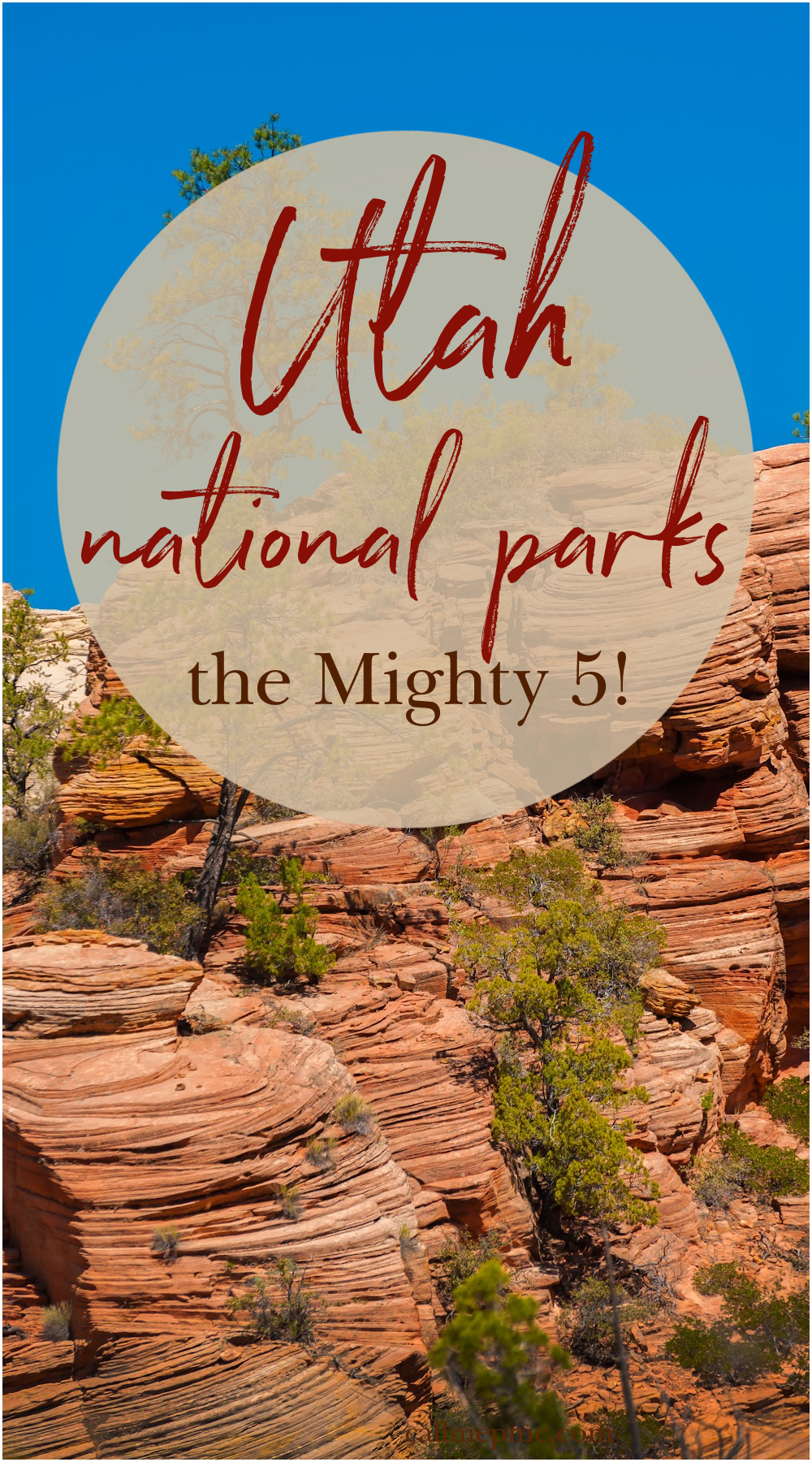
Utah National Parks
With the horizon stretched like a canvas, Utah is a scenic masterpiece sculpted by red rocks and dotted with sagebrush under an endless sky. One of the best ways to admire the state’s awe-inspiring natural beauty is by escaping into the great outdoors. Here’s what you need to know about visiting the Mighty Five Utah National Parks.
Utah’s national parks are tucked into the state’s southern region. Because many people start their national park adventure in Salt Lake City, this guide shows you how to visit all five Utah national parks by traveling in a loop from Utah’s capital city.
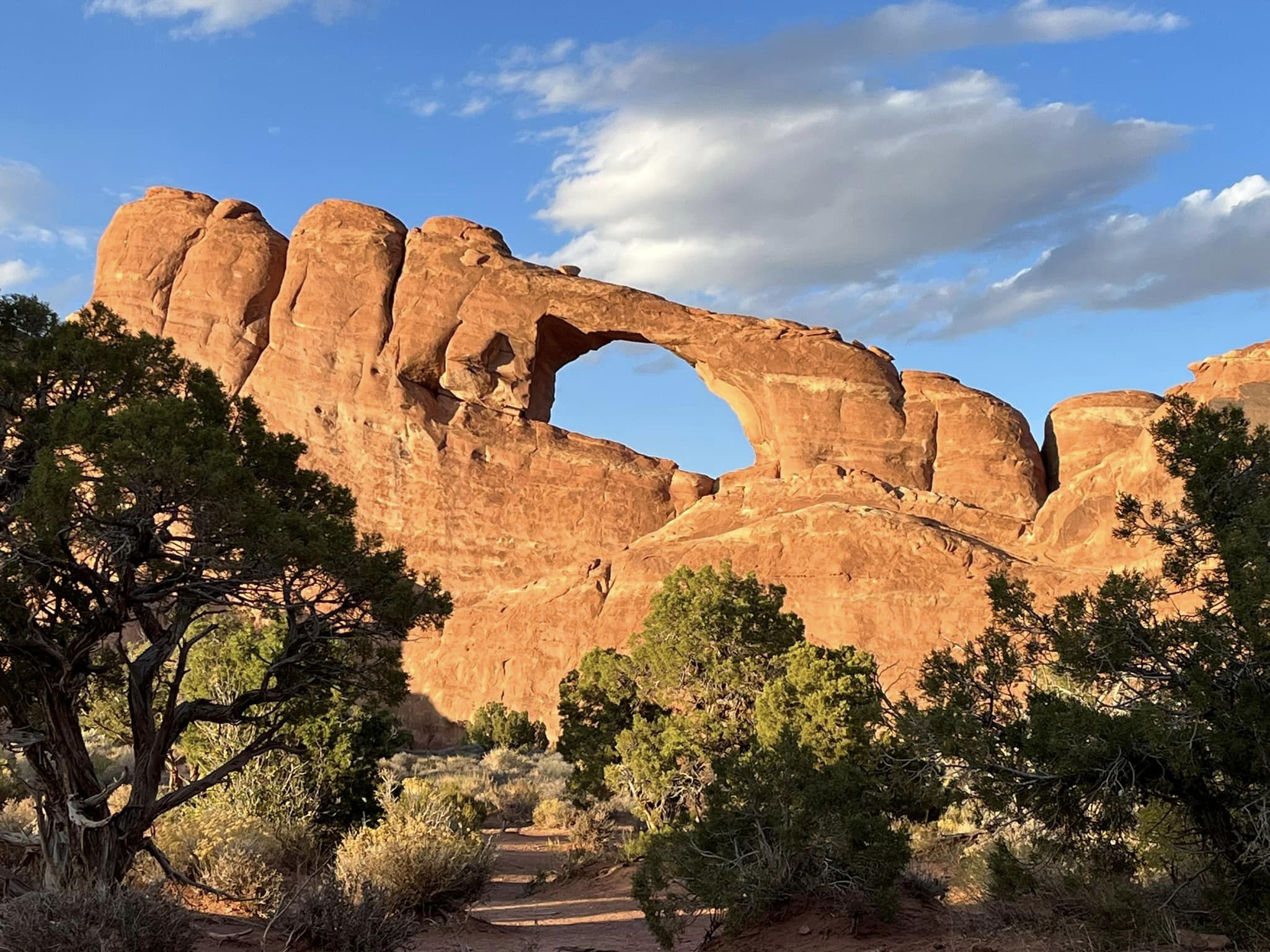
Arches National Park: A symphony of stone
The first stop is Arches National Park. Located about 3 ½ hours southeast of Salt Lake City and just under an hour from the Colorado border, it’s home to over 2,000 natural stone arches, including the iconic Delicate Arch. The hike to the base of Delicate Arch is on a 3.2-mile round-trip trail with an elevation increase of 480 feet. But, if you’re not in the mood for the full-on hiking experience or are short on time, hit the Upper Delicate Arch Viewpoint Trail instead. It’s just a half-mile jaunt and still delivers jaw-dropping vistas of this world-renowned rock star.
But Arches National Park is more than Delicate Arch, so be sure to visit The Fiery Furnace, a maze-like area filled with narrow passages, and Landscape Arch, an impressive arch that spans roughly the length of a football field.
“As full-time RVers, we’ve spent a lot of time in Utah, and one of our favorite campgrounds is Dead Horse Point State Park. The campground is along a canyon rim near Moab, Arches National Park, and Canyonland National Park. There are plenty of biking and hiking options everywhere you turn, and the sunsets over the canyon are incredible.”
— Rebecca Blackwell, A Little and a Lot
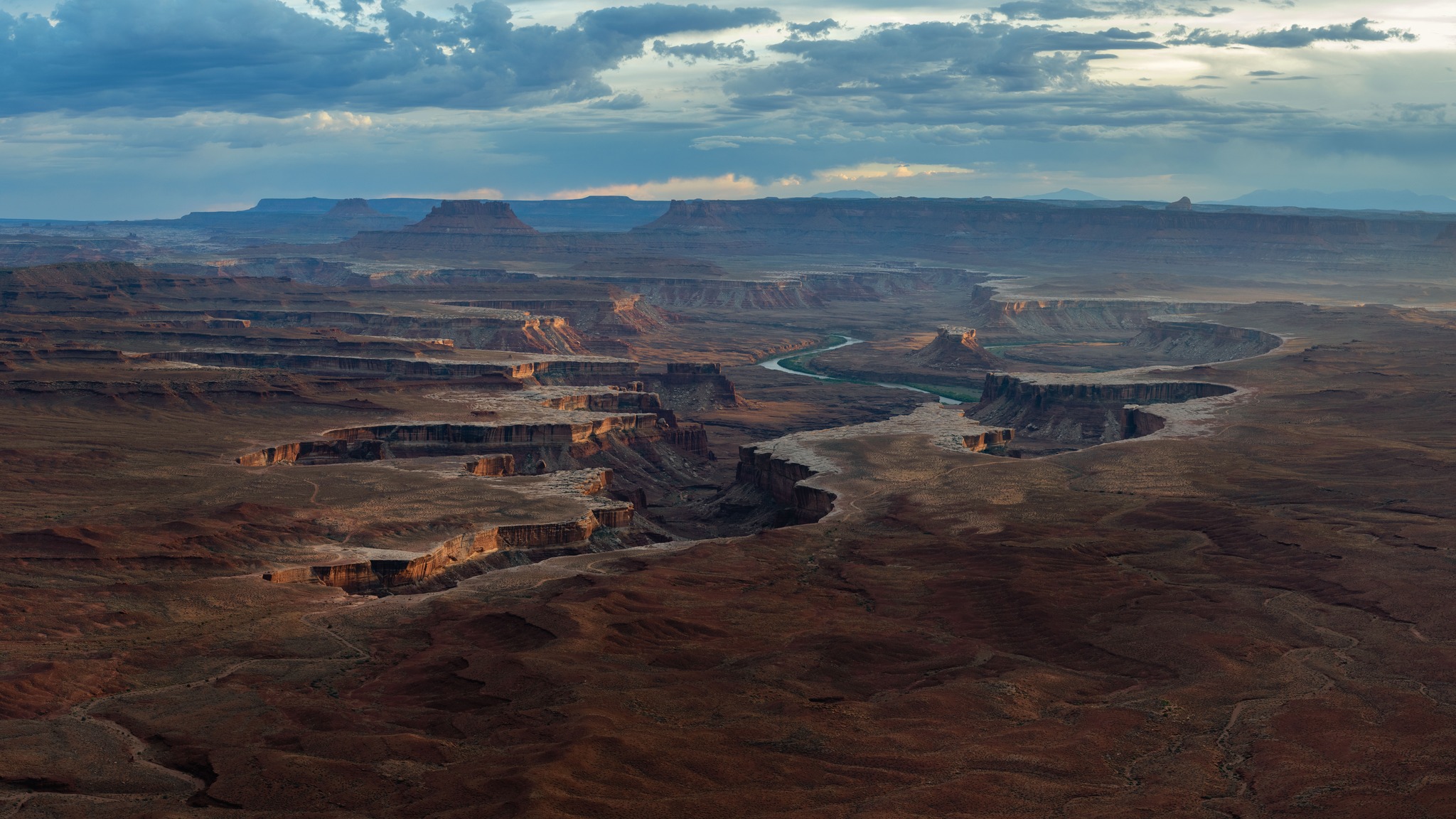
Utah National Parks: Canyonlands
The next stop is Canyonlands National Park. Less than an hour south of Arches National Park, it’s the largest Utah National Park, spreading across nearly 338,000 acres. Comprised of a labyrinth of buttes carved by the Colorado River, it’s like visiting the Grand Canyon but much less crowded.
One of the most incredible experiences at Canyonlands National Park is watching the sunrise through Mesa Arch. Following a relatively flat, half-mile loop trail, you can watch sunbeams dance around the underside of the arch while the sun’s glow illuminates it from behind. You’ll also enjoy a wide range of beautiful hiking trails in the Islands in the Sky and the park’s Needles and Maze sections.
Capitol Reef: The hidden gem
Located at the halfway point of this five Utah National Park experience, Capitol Reef National Park is often overshadowed by its more famous siblings. However, don’t skip this unique Utah national park. Named after its most distinctive feature, it’s a hidden gem worth discovering.
So what is it? Known as the Waterpocket Fold, it’s a unique geologic monocline — a wrinkle in the earth — that stretches for nearly 100 miles. For the ultimate picture-perfect shots of this fascinating fault, hop in your car and drive the Burr Trail. Once it intersects Scenic State Route 12, prepare to be wowed. You’ll find viewpoints that offer a jaw-dropping, bird’s-eye perspective of the craggy landscape and, of course, the star of the show — the Waterpocket Fold.
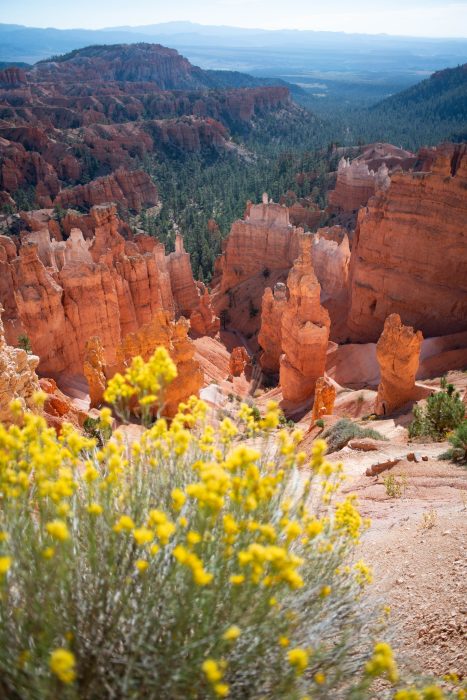
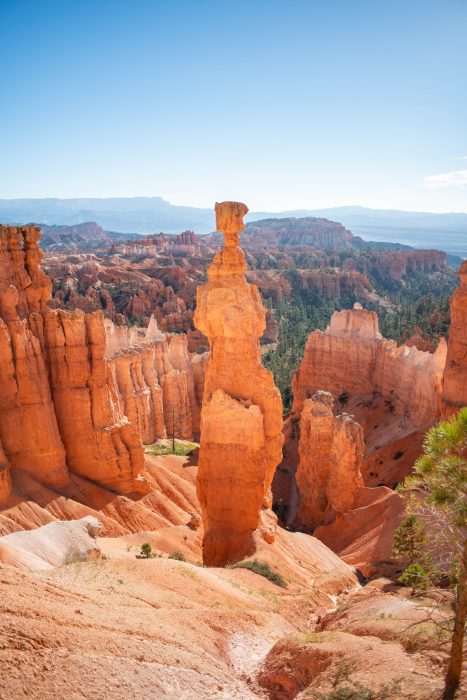
Bryce Canyon: A hoodoo haven
Ever heard of a hoodoo? You’ll find plenty at Bryce Canyon National Park. These spire-shaped rock formations create a surreal landscape that looks like a fantasy novel. The park’s most famous viewpoint, Sunrise Point, offers a panoramic view that makes you feel like you’re on another planet. For a different perspective, take the Navajo Loop Trail down into the amphitheater and walk among the hoodoos. The experience is nothing short of magical.
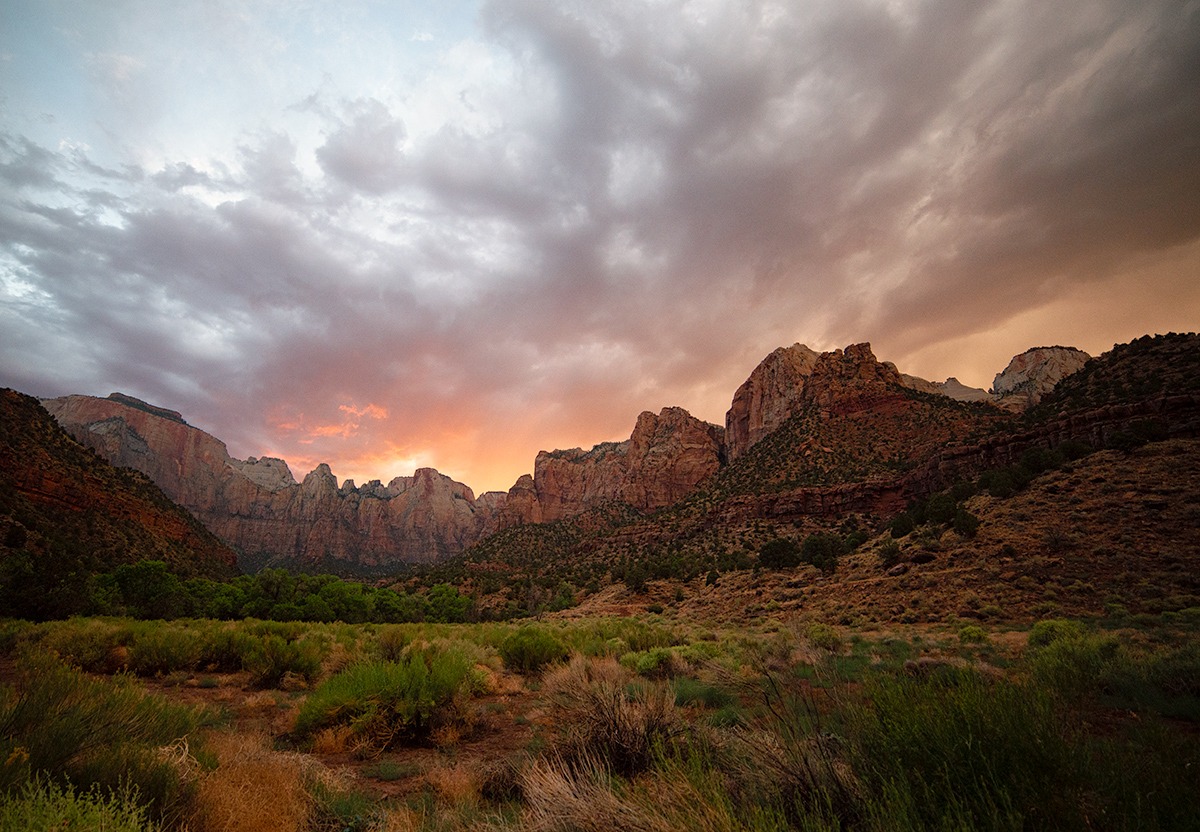
Utah National Parks: Zion, The Grand Finale
Last but certainly not least, Zion National Park is the pièce de résistance of Utah’s Mighty Five. The park is best known for The Narrows, a slot canyon where you can wade through the Virgin River.
“Hiking all 16 plus miles of the Narrows in Zion is my most memorable experience in any National Park. It’s not for the faint of heart and requires a long, full day with appropriate packed supplies, but it’s a breathtaking journey to watch a small little stream unfold into the awe-inspiring canyon at the bottom.”
— Gina Matsoukas, Running to the Kitchen
If you’re up for a challenge, Angels Landing offers breathtaking views worth the strenuous hike. The spot got its name from Methodist minister Frederick Vining Fisher, who proclaimed in 1916 that only an angel could land there. If you’re looking for an easier option, the Riverside Walk is a relatively flat, 2.2-mile, paved round-trip trail that offers stunning views without the climb.
Pro Tip: When you’re ready to take a break, be sure to relax on the large lawn outside the Zion Lodge. It’s a beautiful spot for an unforgettable picnic.
On the road again
Traveling between these parks is an adventure in itself. The drive from Arches to Zion takes you through some of the country’s most scenic landscapes. Think winding roads, open skies, and the occasional roadside attraction for that perfect photo. Just remember, the journey is as important as the destination.
Pro tips for your Utah National Park adventure
- Arriving by air: If you plan on flying to Utah, your best bet is to travel in and out of the Salt Lake City International Airport.
- Pack smart: Utah’s weather can be unpredictable. Layering is key. Also, remember sunscreen and a hat for sunny days.
- Adjusting to altitude: Even a change of just 1,000 feet can cause altitude sickness, so give yourself time to adjust.
- Stay hydrated: The dry climate can sneak up on you. Always carry water, especially on hikes.
- Leave no trace: Keep Utah national parks beautiful for generations by packing out what you pack.
- Timing is everything: Consider visiting during spring and fall shoulder seasons for fewer crowds and milder weather.
- Out in the cold: Many roads, hiking trails, accommodations, and restaurants near the Utah National Parks are closed during winter.
- Know your limits: These parks offer a range of activities, from easy walks to challenging backcountry routes. Choose wisely based on your fitness level.
Utah National Parks are not just a destination; they’re an experience that will leave you with a newfound appreciation for the natural world. Are you ready to hit the road?
Read about my travels!
- Best things to do in Santa Fe
- National Parks near Pheonix
- Best things to do in Tulsa
- St. Louis Zoo: A safari in Forest Park
- Beginners Guide to Sedona
- Where to eat in Tupelo, MS
- Visit Airstream Row Seaside, FL
- Las Vegas to Grand Canyon
- My Favorite Destin restaurants
- USS Alabama
- Loudon County BBQ Trail
- Elvis, Food, Tours: Tupelo Ms in 24 Hours
This article originally appeared on Food Drink Life.
